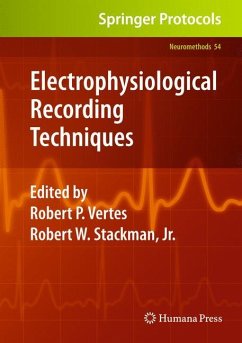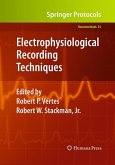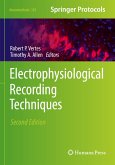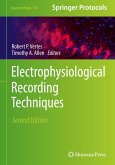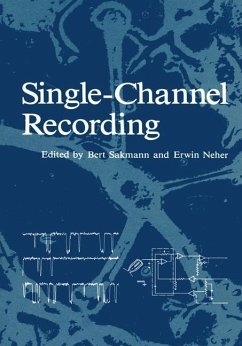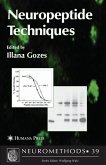Applying neurophysiological methods to the study of brain-behavior relationships proved to be a major advance in the early days of neuroscience research. Considerable technological progress has been made very recently, and the impact on modern neuroscience will be invaluable. In Electrophysiological Recording Techniques, experts in the field present a current view of the widespread application of electrophysiological methods to the study of the brain and to the problem of brain-behavior relationships. The book has been organized to display the range of modern neurophysiological methods ranging from the recordings of single neurons and neuronal ensembles to recordings of field potentials within discrete brain regions and across multiple brain areas. Many of the chapters also address the major challenge of applying the appropriate methods to analyze and interpret neurophysiological recording data. As a volume in the popular Neuromethods series, the chapters provide authoritative reviews of many commonly used approaches in the field today in both the basic research level and in clinical settings. Practical and up-to-date, Electrophysiological Recording Techniques serves as a key reference volume for researchers working in this ever-changing and vital field.
From the reviews:
"This book is highly recommended to trainees and neuroscientists, who are actively looking for the state-of-the-art recording techniques, to observe and study oscillating biological substrates that are linked to brain function and behavior. ... The readers will be appreciative to the editors ... and all authors, for the sufficient theoretical background, methodological descriptions and clear illustrations and discussions, in every single chapter." (Miguel A. Cortez, Canadian Journal of Neurological Sciences, Vol. 40 (2), March, 2013)
"This book is highly recommended to trainees and neuroscientists, who are actively looking for the state-of-the-art recording techniques, to observe and study oscillating biological substrates that are linked to brain function and behavior. ... The readers will be appreciative to the editors ... and all authors, for the sufficient theoretical background, methodological descriptions and clear illustrations and discussions, in every single chapter." (Miguel A. Cortez, Canadian Journal of Neurological Sciences, Vol. 40 (2), March, 2013)

